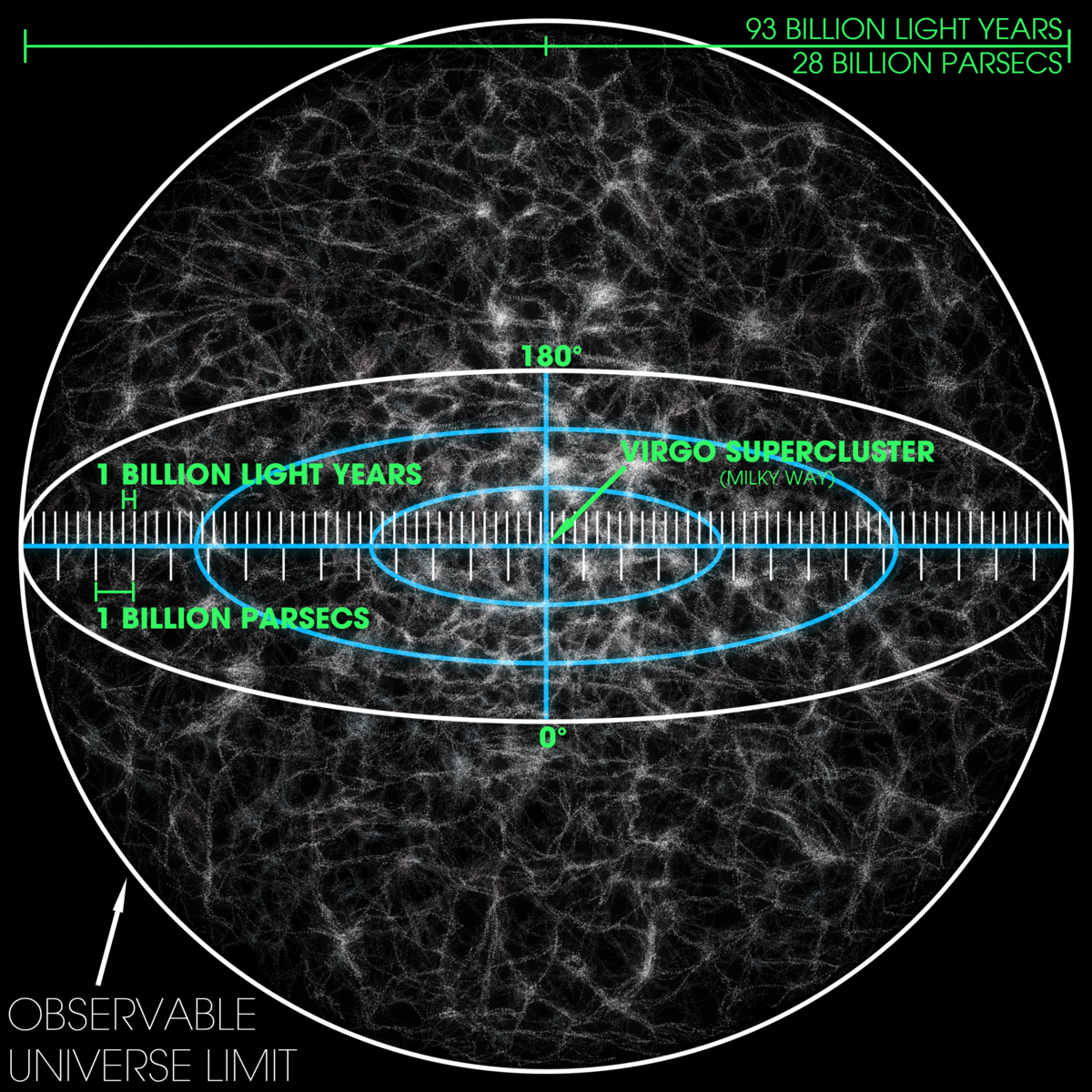Catastrophe
"Science begets knowledge, opinion ignorance.
Harry, just to amplify a little.
Loving a marriage partner, is not the same as
Loving a parent or sibling, is not the same as
Loving a good friend, is not the same as
Loving a piece of music, is not the same as
Loving spaghetti bolognaise, is not the same as
Loving to watch a favourite TV program.
Having confidence in skiing, is not the same as (ability)
Having confidence in someone to keep an appointment, is not the same as (trust)
Having confidence in a newspaper, is not the same as (fairness)
Being a good friend, is not the same as (trust)
Having a good time, is not the same as (enjoyment)
Drinking a good wine, is not the same as (taste)
Making good time, is not the same as (punctuality)
Being good, is not the same as (behaviour)
Making good, (success)
There are many more examples, even if some of these refer only to shades of meaning.
Cat
Loving a marriage partner, is not the same as
Loving a parent or sibling, is not the same as
Loving a good friend, is not the same as
Loving a piece of music, is not the same as
Loving spaghetti bolognaise, is not the same as
Loving to watch a favourite TV program.
Having confidence in skiing, is not the same as (ability)
Having confidence in someone to keep an appointment, is not the same as (trust)
Having confidence in a newspaper, is not the same as (fairness)
Being a good friend, is not the same as (trust)
Having a good time, is not the same as (enjoyment)
Drinking a good wine, is not the same as (taste)
Making good time, is not the same as (punctuality)
Being good, is not the same as (behaviour)
Making good, (success)
There are many more examples, even if some of these refer only to shades of meaning.
Cat




